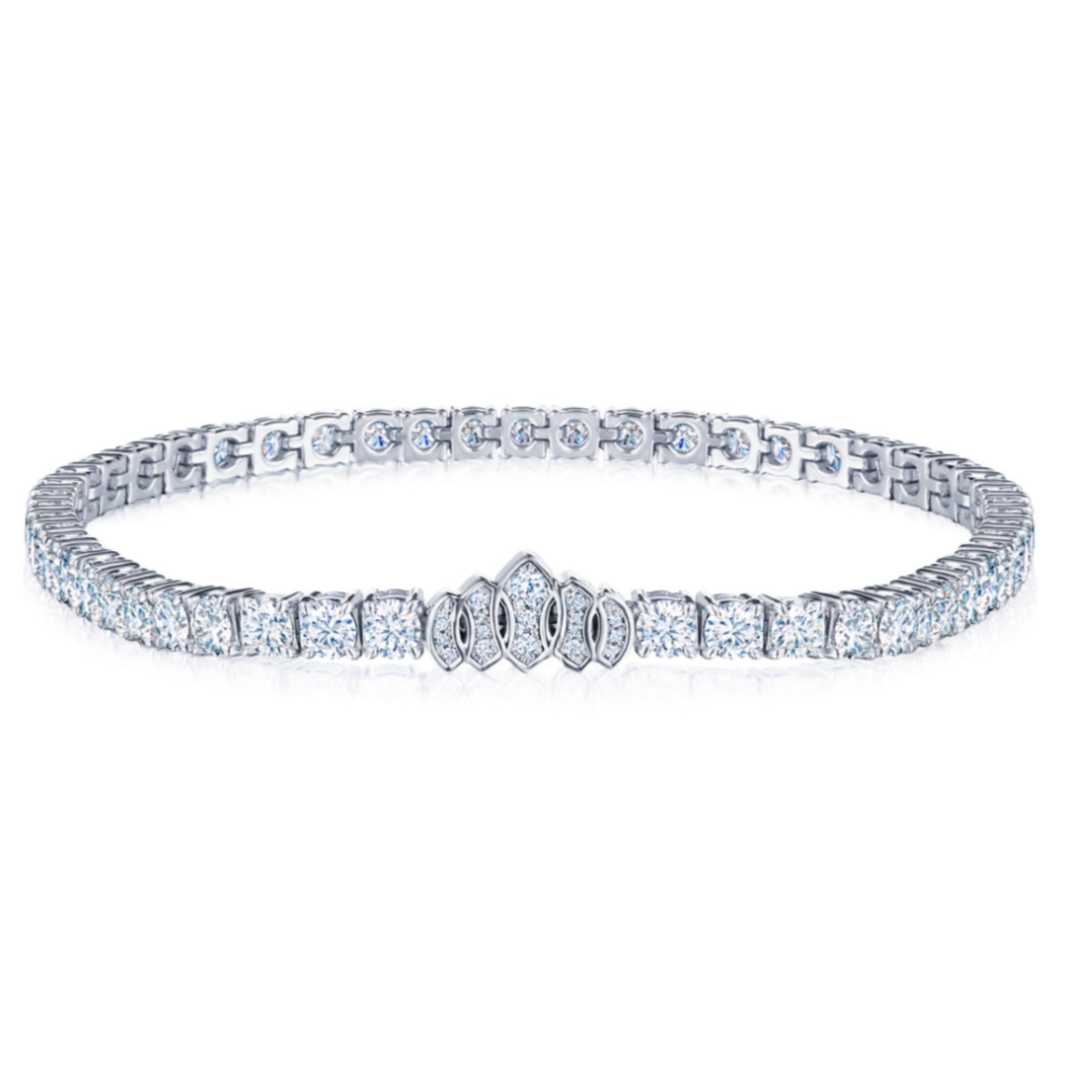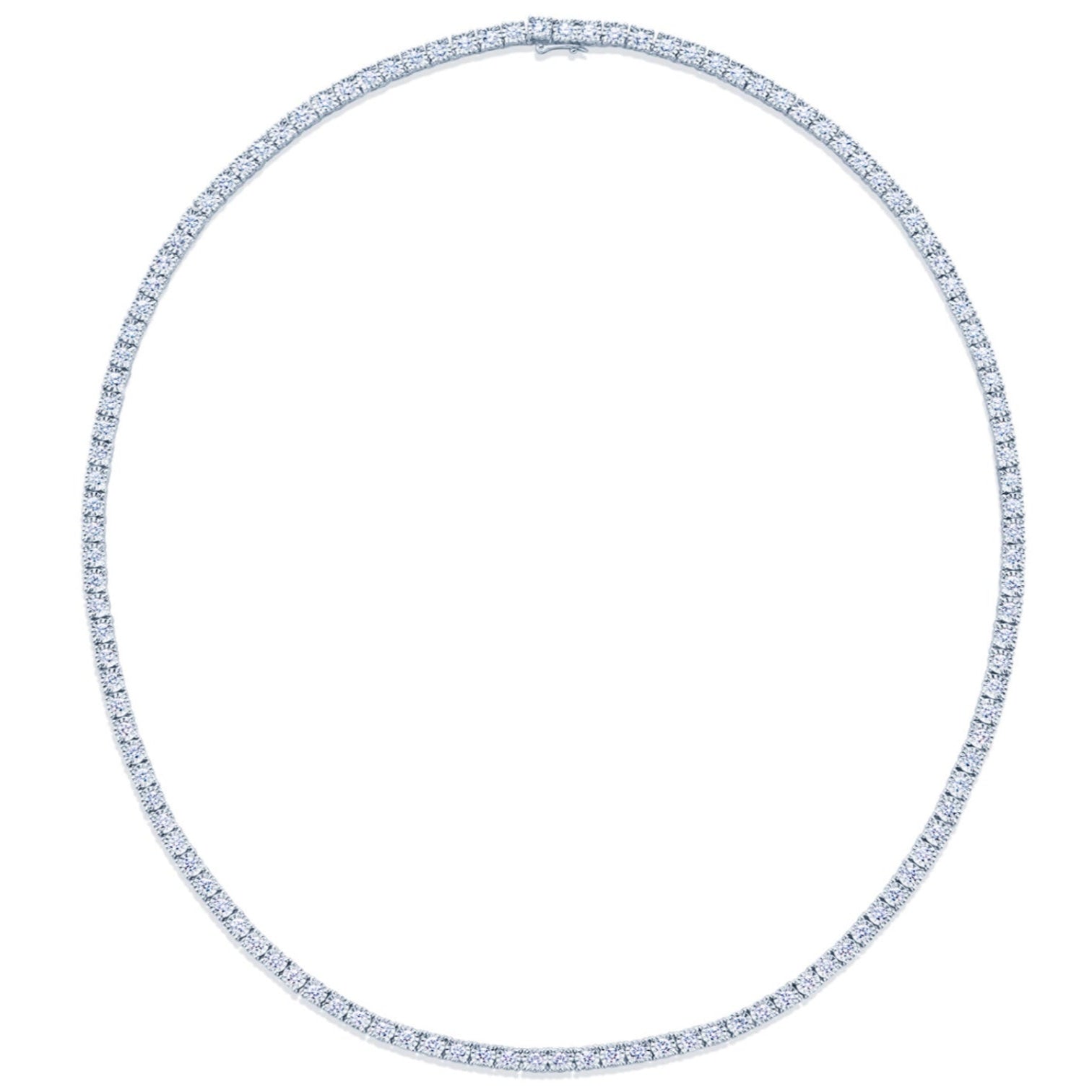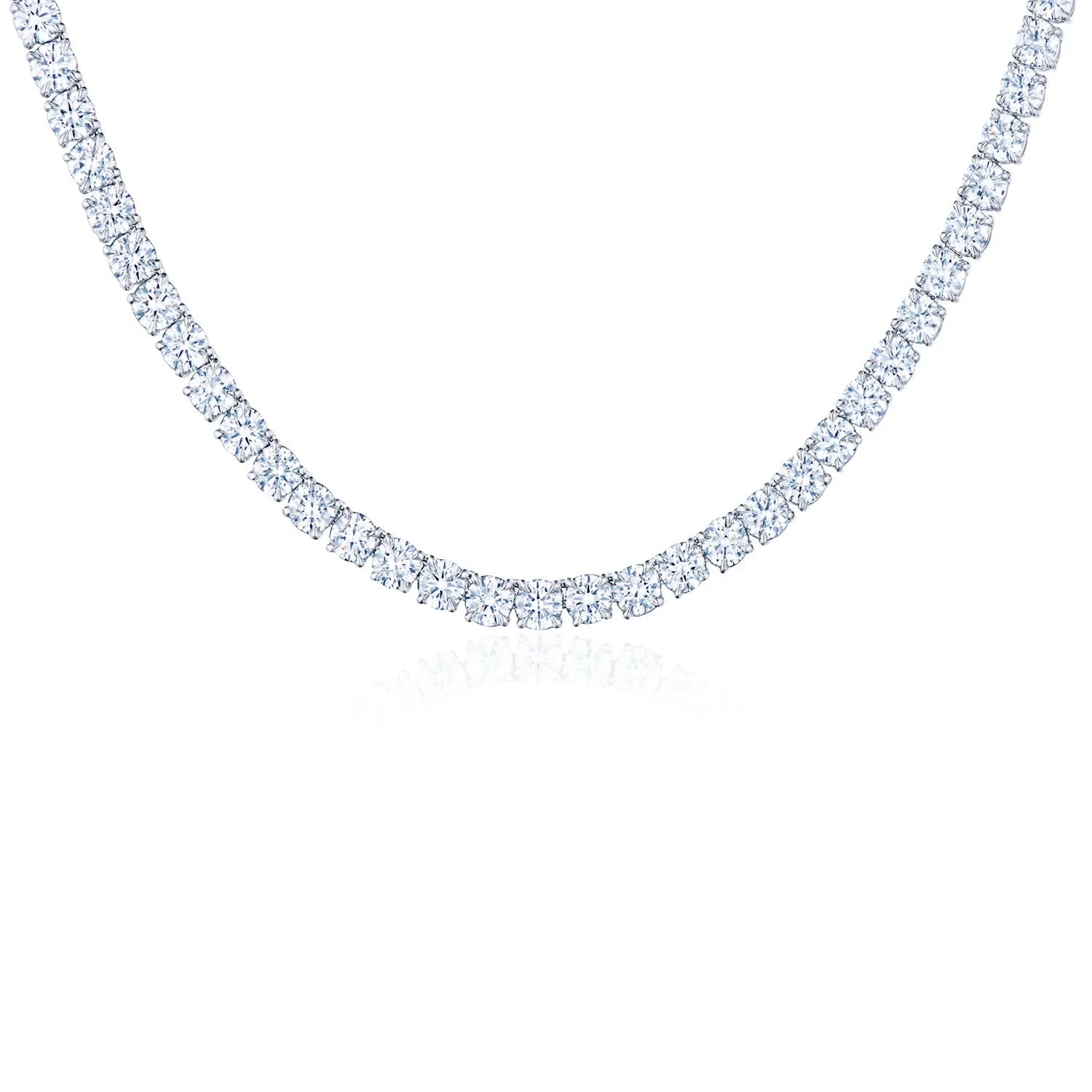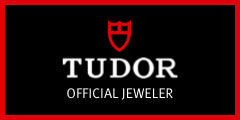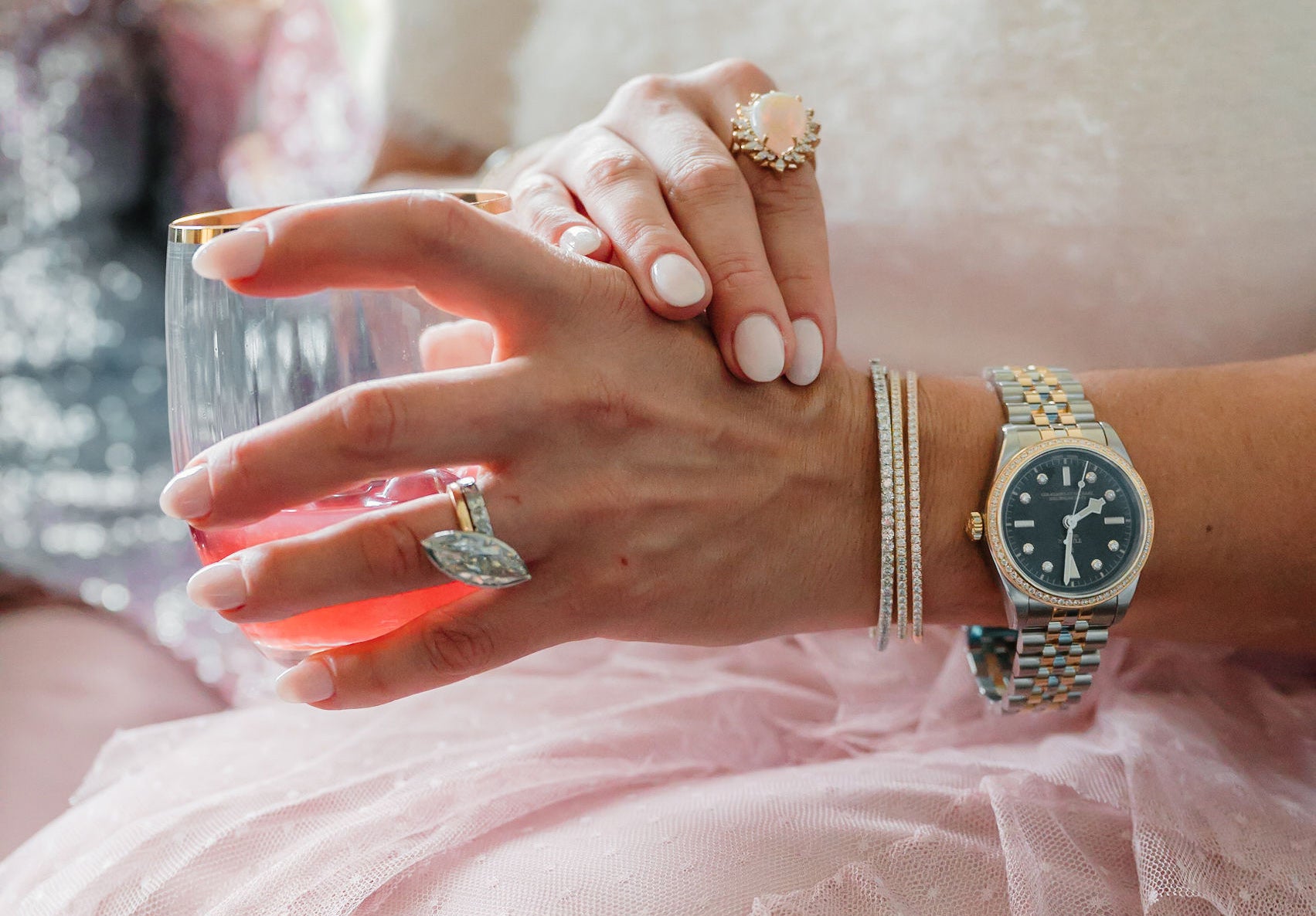If you’ve ever browsed fine jewelry online or in-store, you’ve probably seen the terms necklace and pendant used side by side—or even interchangeably. While they’re closely related, they’re not the same thing.
In simple terms:
-
A necklace is the entire piece of jewelry that goes around the neck.
-
A pendant is the decorative charm that hangs from a chain—it’s a component, not the whole piece.
Still unsure? Let’s explore how these two terms differ, where they overlap, and why the distinction matters when building your jewelry collection.
What Is a Necklace?
A necklace is a complete piece of jewelry designed to be worn around the neck. It comes in many styles, lengths, and designs, and may or may not include a pendant.
Common types of necklaces include:
-
Chain Necklaces – Simple, elegant chains made from gold, silver, or platinum.
-
Chokers – Snug-fitting pieces that sit high on the neck.
-
Opera & Rope Necklaces – Longer styles perfect for layering or creating drama.
-
Beaded or Pearl Necklaces – Timeless strands of gemstones, pearls, or beads.
-
Bib & Collar Necklaces – Broad, statement-making pieces that sit flat against the skin.
A necklace can shine on its own as a statement piece—or serve as the perfect base for a pendant.
What Is a Pendant?
A pendant is the ornamental charm that hangs from a chain. It’s often the focal point of a necklace and carries personal, symbolic, or sentimental meaning.
Pendants can feature:
-
Gemstones or Diamonds – For brilliance and luxury
-
Lockets – To hold photos or keepsakes
-
Religious or Symbolic Charms – Crosses, birthstones, zodiac motifs
-
Custom Designs – Initials, names, or handcrafted symbols
The key difference? A pendant needs a chain to be worn, while a necklace doesn’t necessarily require a pendant.
Why the Difference Matters
Knowing the distinction between a necklace and a pendant helps with:
-
Shopping smart: A “pendant” may not come with a chain—be sure to check.
-
Styling options: Mix and match pendants with different chains to create unique looks.
-
Gifting thoughtfully: A necklace is often a complete gift, while a pendant can be a symbolic addition to someone’s collection.
-
Care & maintenance: Pendants and chains may require different cleaning or storage methods.
When a Necklace Has a Pendant (and When It Doesn’t)
At Springer’s Jewelers, many of our fine jewelry necklaces feature pendants, but some are designed to stand alone—like diamond tennis necklaces, gold chokers, or classic pearl strands.
We also offer individual pendants, perfect if you already own a chain or want to build a personalized combination.
Style Tips: Pairing Necklaces and Pendants
Pairing the right pendant with the right chain elevates both pieces. Keep these tips in mind:
-
Balance proportions: Dainty pendants work best with fine chains, while larger designs need sturdier ones.
-
Choose the right length: Short chains (16–18”) keep pendants close to the neckline, while longer chains (20–24”+) are ideal for layering.
-
Match metals thoughtfully: Keep tones consistent or mix intentionally for contrast.
-
Style by occasion: A solitaire diamond on a fine chain works for everyday wear, while gemstone or statement pendants shine at special events.
-
Layer with purpose: Use one pendant as the focal point, and layer with chains of varying lengths and textures.
Final Thoughts
Understanding the difference between a necklace and a pendant helps you shop with confidence and style with intention. Whether you’re layering heirloom pieces, gifting a birthstone pendant, or choosing your next signature necklace, knowing what to look for makes your collection more personal and timeless.
At Springer’s Jewelers, we offer both complete necklaces and standalone pendants—so you can express your style and celebrate every occasion your way.
Discover Your Signature Look
Explore Springer’s Jewelers’ collection of fine necklaces and pendants.
Looking for something one-of-a-kind? Schedule an appointment with our expert team to find—or design—your perfect match.


